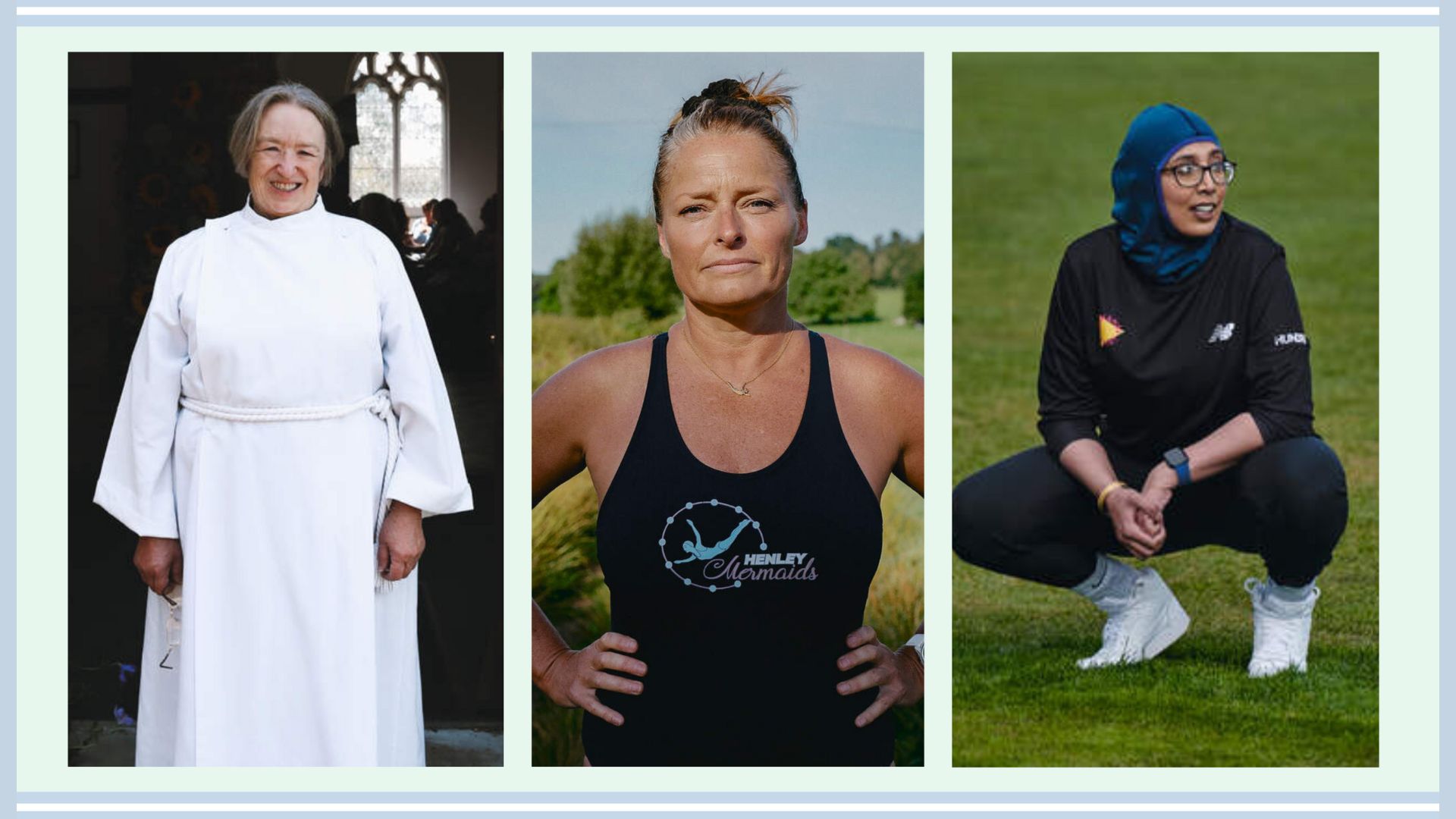"My life was about possessions over people" – how hoarding disorder feels, and how to help
Although the term 'hoarder' is often used casually, hoarding disorder is a mental health condition. A recovering hoarder and an expert share insights, including what not to do if a friend is struggling
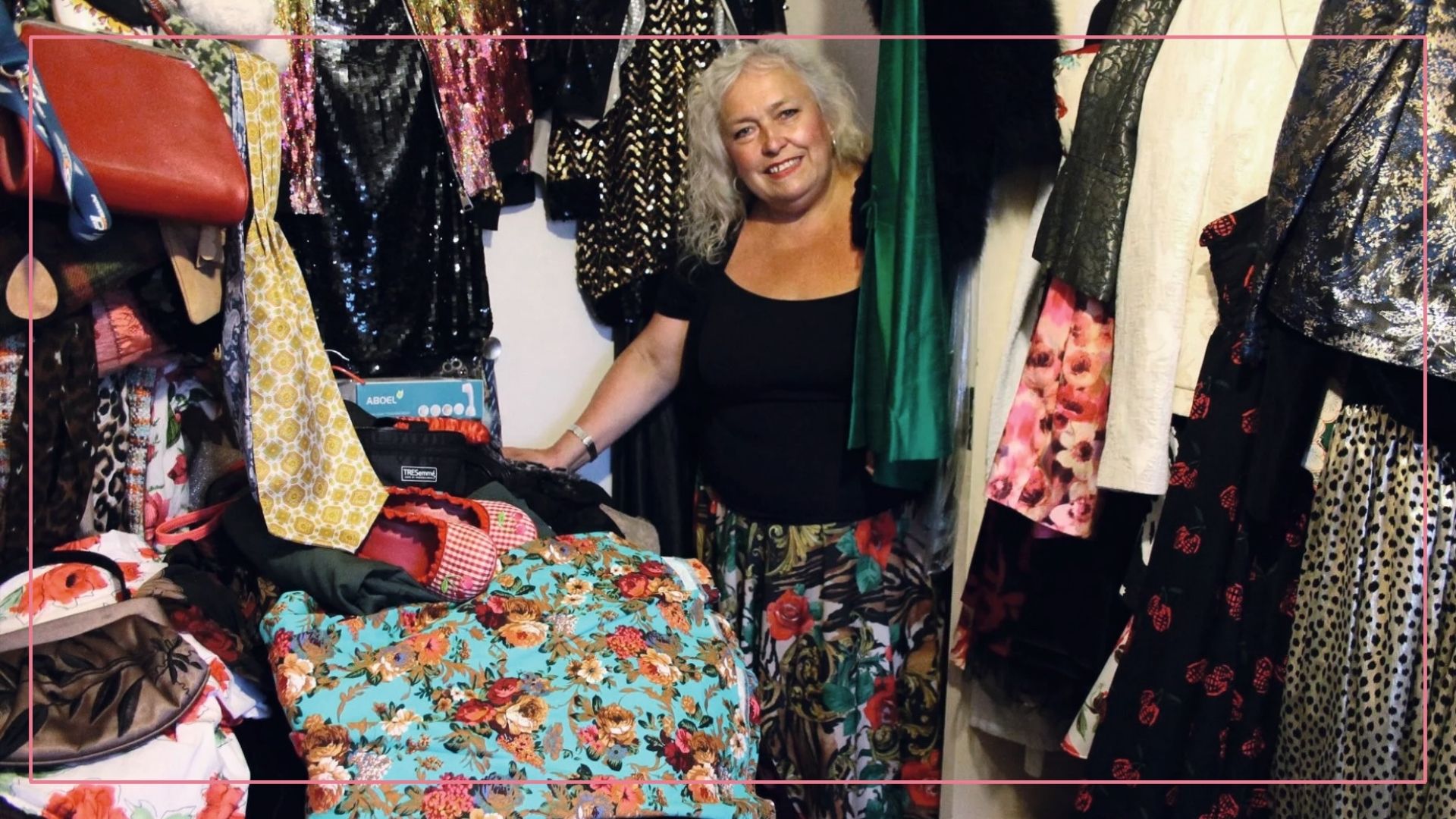
When we hear the word ‘hoarder’, we often think of TV programmes where piles of stuff fill every corner of someone’s home. The people featured will accumulate and hold on to all manner of peculiar and seemingly pointless items. However, these are extreme examples and often paint an unrealistic picture of what living with hoarding disorder is actually like.
"TV programmes about hoarding aren’t always helpful because hoarding is not a lifestyle choice, a moral failing or even poor housekeeping," says Jo Cooke, director of Hoarding Disorders UK. "It is a mental health disorder."
Hoarding disorder is characterised by having so much ‘stuff’ that it affects the way you live. People with hoarding behaviours find it difficult or impossible to throw things away. Their homes may become unmanageable and they might avoid inviting people inside, yet they may feel a strong need to accumulate more. "There are often financial implications, and there is typically shame associated with the behaviour," says Jo. "There may also be other mental health conditions present, such as depression or anxiety."
Most of us know someone who has a lot of ‘stuff’ in their house. We may even have made a flippant passing comment about ‘being a hoarder’ ourselves. But the question we have to ask ourselves is, can we let things go? The difference between collecting and hoarding is that collectors do not have the same strong emotional attachment to every item they own.
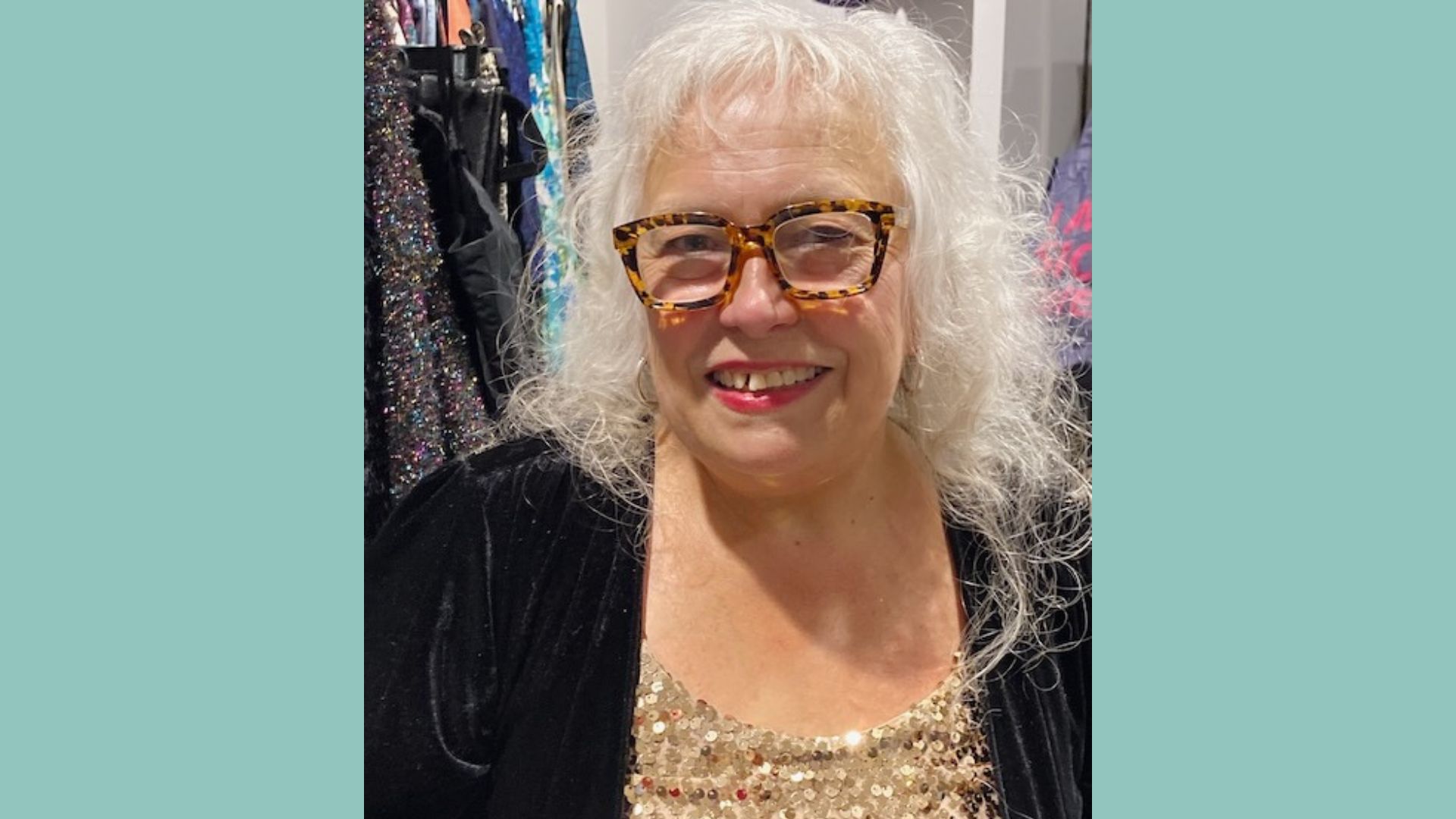
'I developed hoarding disorder'
"I have always loved vintage fashion. From the age of 16, I was scouting around charity shops, hunting for unique pieces, which I would pack into two big suitcases and sell at the Birmingham Rag Market.
"However, around 10 years ago, my hobby started to become an addiction. Within a few years, I lost both my mum and dad, and went through a devastating relationship break-up. At the time, I worked in marketing and campaigns for a charity, and every lunchtime, I would go charity-shop shopping. The dopamine hit of accumulating things quickly became a coping mechanism for the loss and sadness I was feeling.
"I tried to carry on with life as normal but, inside, I was spiralling into a deep depression. Piles of stuff were gathering under my desk, and gradually growing in my house. As I lived alone, no one knew just how bad the situation was becoming. Moving around my home became incredibly difficult. In each room, clothes took up every inch of space. It was barely possible to move through my hallway and get to the bathroom or into the garden. I even rented and filled up two storage units.
Sign up for the woman&home newsletter
Sign up to our free daily email for the latest royal and entertainment news, interesting opinion, expert advice on styling and beauty trends, and no-nonsense guides to the health and wellness questions you want answered.
"As I accumulated possessions, I was desperately trying to fill the emptiness inside me. I couldn’t bear the idea of getting rid of any of my items.
"It reached the point where I had no room for people to come to stay. I didn’t even want friends to come inside. A few close friends realised I was struggling and offered to help clear the hoard, but it never seemed the right time.
"Clearing out items for someone who is hoarding is the wrong thing to do because it takes control away from that person, which can feel very traumatic. While it may clear the physical space, it doesn’t tackle the psychological root."
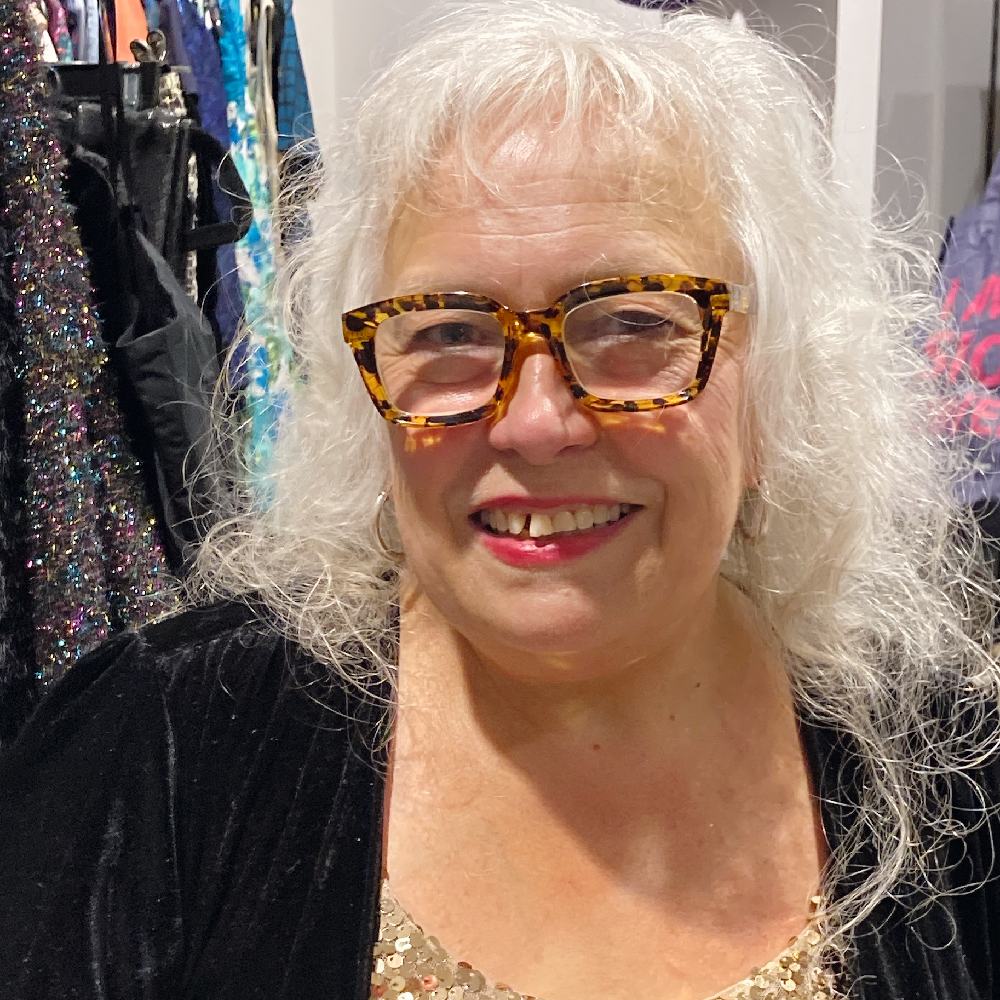
Mandi Simms, from Walton-on-Thames, suffers from hoarding disorder. On her journey to recovery, Mandi now sells her vintage items in pop-up shops and online to raise funds for HoardingUK. She is an active member of the hoarding community, seeking to raise awareness of the condition. She appeared in an episode of Hoarders: Buried Alive for Channel 5, produced by Crackit Productions.
Mandi's road to recovery
"In 2015, I booked an appointment with my GP. I explained I was feeling dark and not coping very well. I also mentioned that I had ‘a lot of stuff’, and the doctor asked if I thought I could be experiencing hoarding disorder. She told me about a hoarding support group run by a local charity, Mary Frances Trust.
"Meeting people going through the same thing was invaluable. I also started antidepressants, had CBT and EFT (often known as tapping), and tried mindfulness.
"In 2018, I accepted voluntary redundancy. As my hoarding had led to a lot of debt, I needed a way of improving my finances. I decided it was finally time to take control of the hoard by starting to sell my beautiful vintage clothes and accessories. However, I had so much of it that I couldn’t manage selling it online.
"Instead, I decided to set up a pop-up shop in my local shopping centre, with support from my local council and an organisation called Rainbow Rising, which helps local communities take over empty units to regenerate the high street. Local charity shops donated rails and hangers, and my friends rallied round to help.
"To support the charity HoardingUK, and create awareness around the subject of hoarding and mental health, in 2022 I launched Mint Royal Emporium. Talking to customers about my journey is like a therapy session every day. I don’t take a salary but I am selling my collection to raise funds for the charity and to help pay off my debts.
"I do still go to charity shops, but the difference is that I no longer feel the constant need to purchase in order to be happy. I no longer have the storage units, and I’m slowly starting to sell the items in my house. The process is long, arduous and full of emotion, but I’m so proud of how far I’ve come. One item at a time, I’m healing, and hopefully helping others to realise there is life after hoarding."
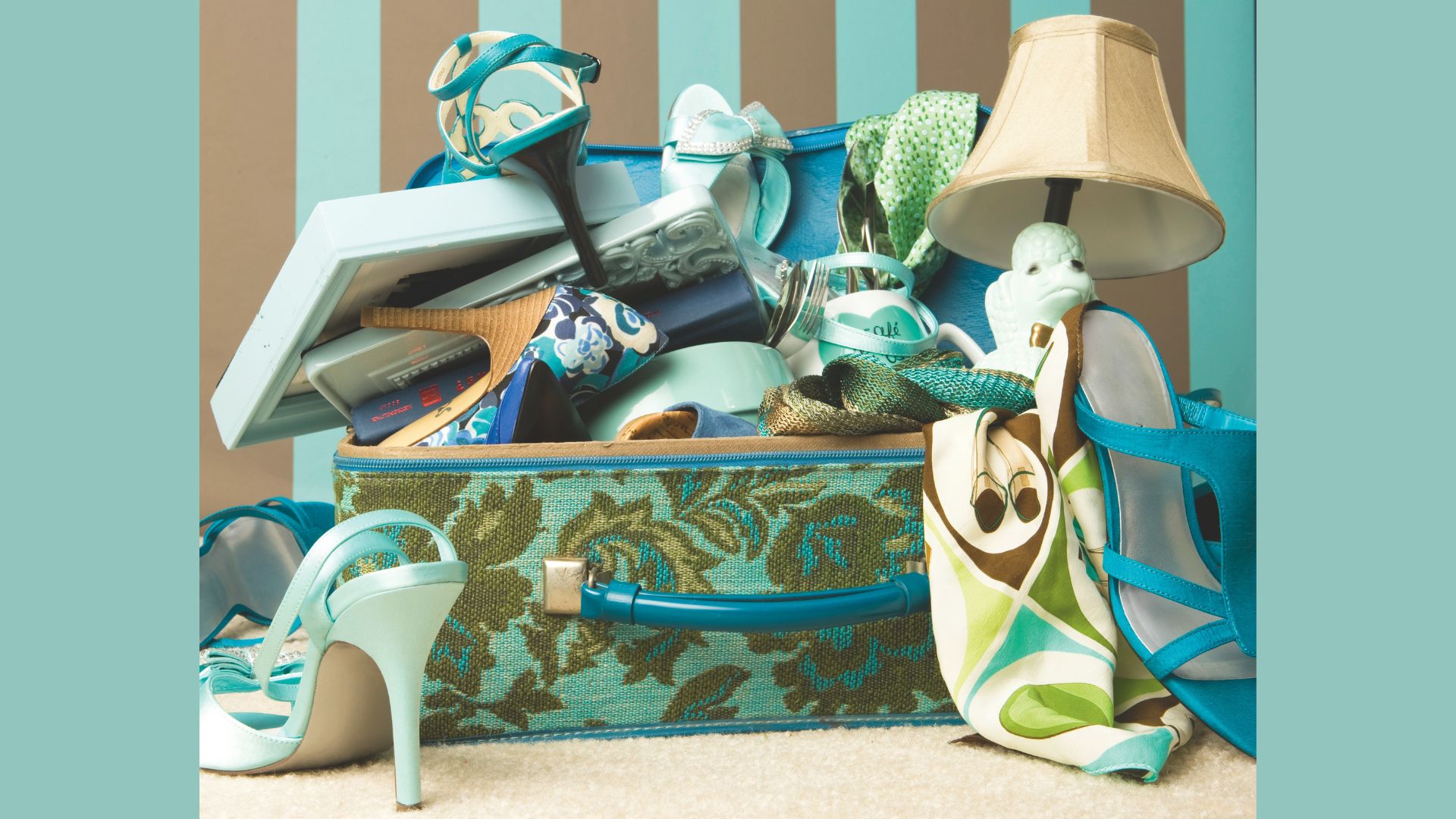
How to help a hoarder
"Hoarding behaviour is complex and has an array of possible causes," explains Jo. "Many people are triggered by some form of loss, whether that’s loss of a loved one, a marriage, a job or a life that was one way and has now shifted.
"It can be linked to adverse childhood experiences such as deprivation – not having enough food growing up can lead to the hoarding of food items, for example. But it can also be about emotional deprivation, not feeling loved and seeking comfort in possessions. A hoarder can rely on ‘stuff’ rather than people, as it doesn’t hurt them. It often feels like a security blanket.
"This is why people with hoarding disorder are motivated to keep rather than to let go. Their attachment to items they accumulate is so strong that the idea of losing them causes extreme distress – whether those items are clothes, food, empty yogurt pots or old newspapers from decades ago.
"We’re living in anxious times, and hoarding behaviour is on the rise. Ten years ago, we’d perhaps receive one email a week at Hoarding Disorders UK from people concerned about themselves or a loved one. Now, it’s several phone calls and numerous emails every day."
If you believe someone you love may be struggling with hoarding behaviours, Jo's advice is:
- Never speak in a judgemental or punishing way: Instead, say something like ‘I’m really worried about the fire hazards in your home’ or ‘I’m concerned you might trip over those things on the carpet, is there any way I can help?’
- Be consistent and persistent in your offer to help, but not demanding: Never stop asking, because one day, when they reach the recognition stage, they might say yes.
- Don’t pressure them to let you into their space: They might feel anxious or embarrassed about having visitors. Instead, suggest other places where you could meet.
- Never clear or tidy their home without asking them first: It could make things worse.
- Have patience: Even once someone recognises their hoarding behaviour, it can still take a long time before they are ready to make changes.
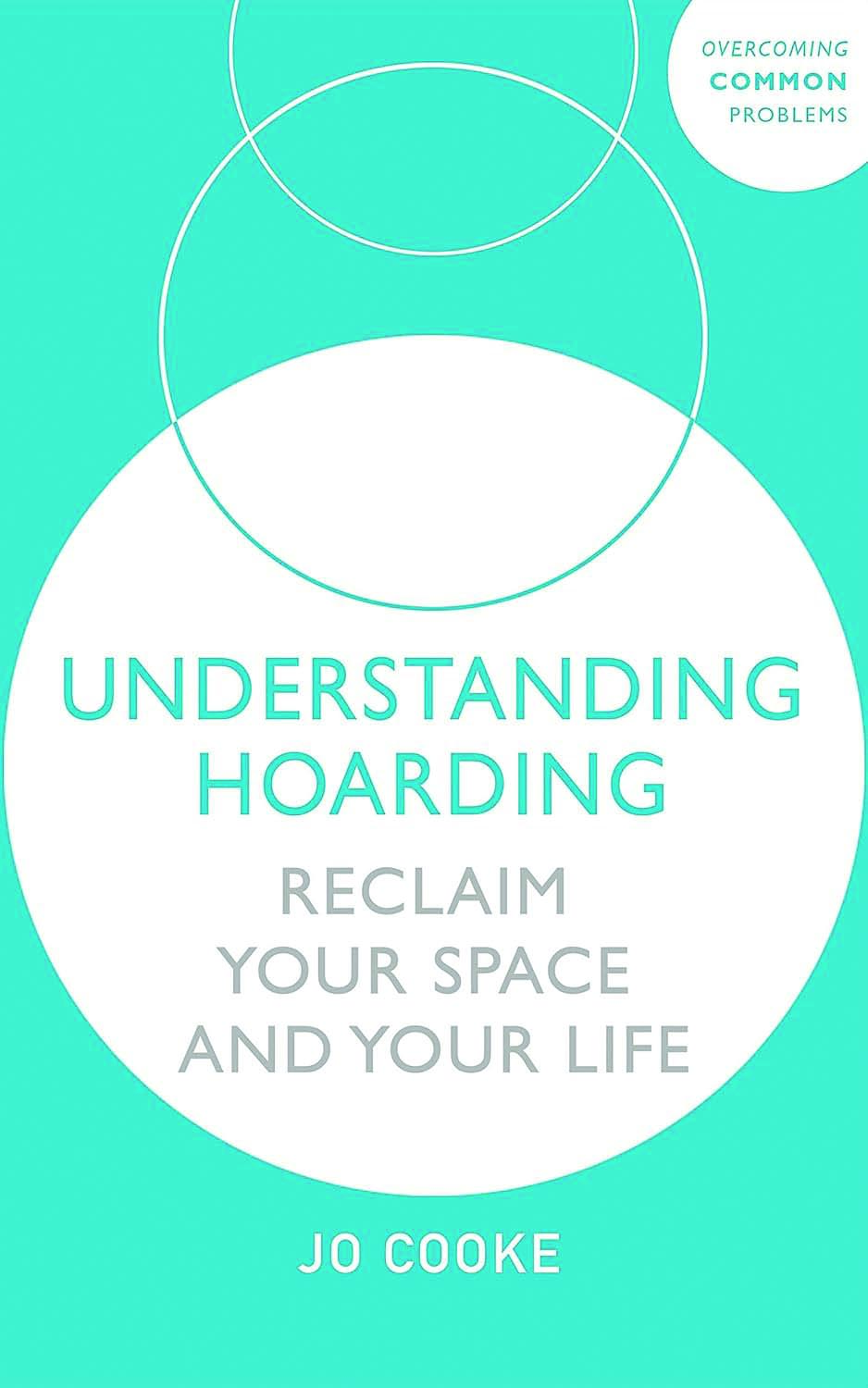
Jo is a Director of Hoarding Disorders UK CIC and also runs her own professional decluttering business, Tapioca Tidy. She runs hoarding disorder support groups in person in Bracknell, over the phone and online. She is the author of Understanding Hoarding: Reclaim your space and your life and Overcoming Chronic Disorganization: Finding Strategies That Work.
How to help yourself with hoarding
If you think your urge to hoard items is becoming a problem:
- Visit your GP: If you are nervous or unsure of what to say, download the helpful Hoarding Ice-Breaker Form and fill it out in advance. The GP may refer you for grief counselling, CBT, EMDR (eye movement desensitisation and reprocessing) or another service. They can also tell you about support groups in your area.
- A hoarding support group is a great way to connect with others going through a similar journey: Organisations such as Hoarding Disorders UK and HoardingUK can advise on how to find a group near you, in the UK. In the US, the IOCD's Hoarding Disorders page offers resources and a directory of support groups and therapists.
- Set yourself small goals: You could aim to declutter one thing per day, or maybe set a timer to focus on one small area of your home at a time – there are many ways you can declutter your home in a way that feels right for you.
- Be kind to yourself: Recognising the problem is a huge step, and knowing you are working towards change is something to be proud of.
12-16 May 2025 marks National Hoarding Awareness Week. Activities will focus on improving understanding of hoarding behaviours as a mental health issue, and how to help.

This article first appeared in the February 2025 issue of woman&home magazine. Subscribe to the magazine for £6 for 6 issues.
Continue reading
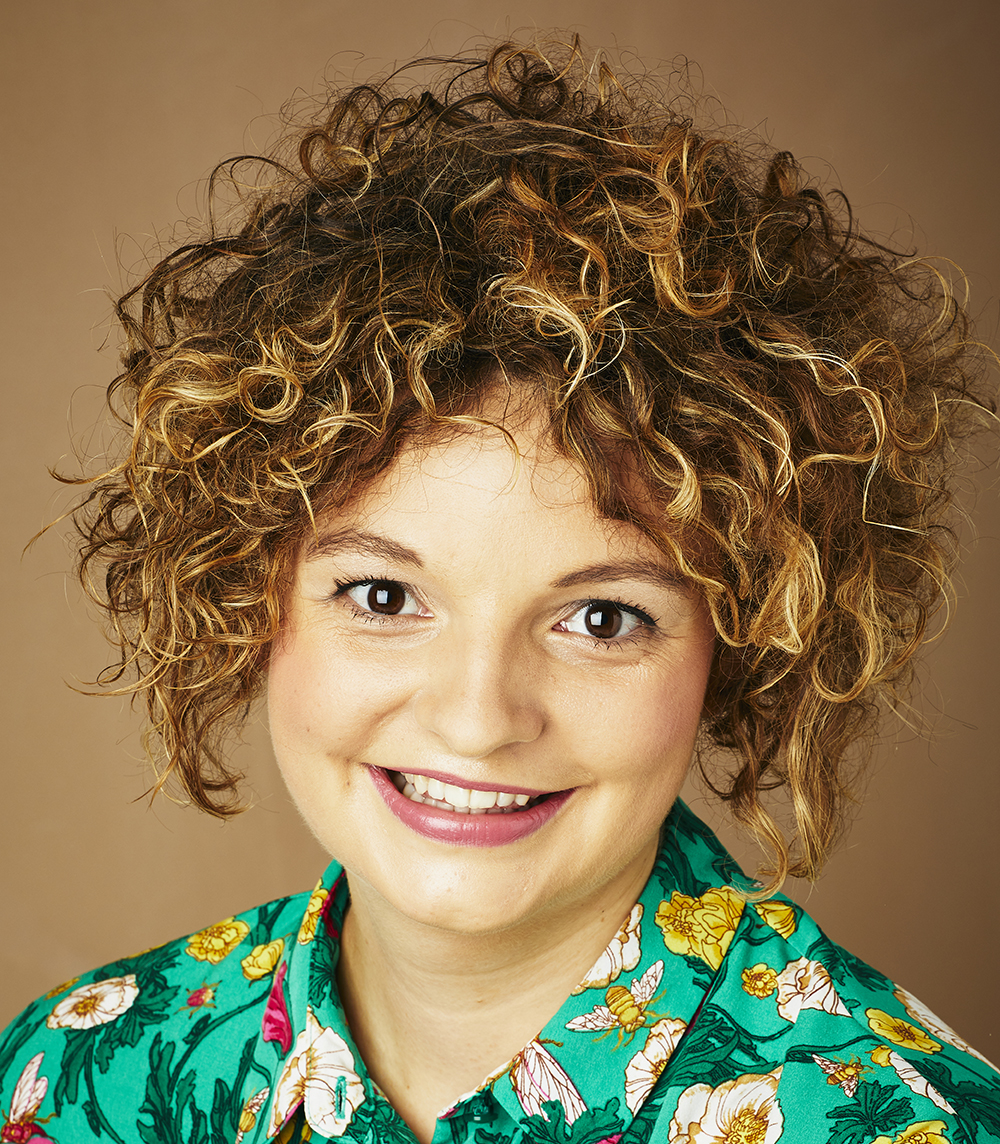
Ella is Features Editor at Woman&Home magazine and Woman's Weekly magazine. Previously Deputy Features Editor at Good Housekeeping, Red and Prima, she's an experienced journalist who has interviewed everyone from celebs including Idris Elba and Fearne Cotton to bestselling authors and inspiring women sharing their amazing real life stories.
-
 I’ve struggled with Jawline acne for years, but these experts’ tips around prevention and treatment are the best I’ve heard
I’ve struggled with Jawline acne for years, but these experts’ tips around prevention and treatment are the best I’ve heardExperiencing jawline acne? Here's how to get to the bottom of it, according to top dermatologists
-
 Prince Harry said the sweetest thing about Meghan's pregnant dance video way before they shared it with the world
Prince Harry said the sweetest thing about Meghan's pregnant dance video way before they shared it with the worldThe Duchess of Sussex shared a previously unseen video of her dancing while pregnant with Princess Lilibet
